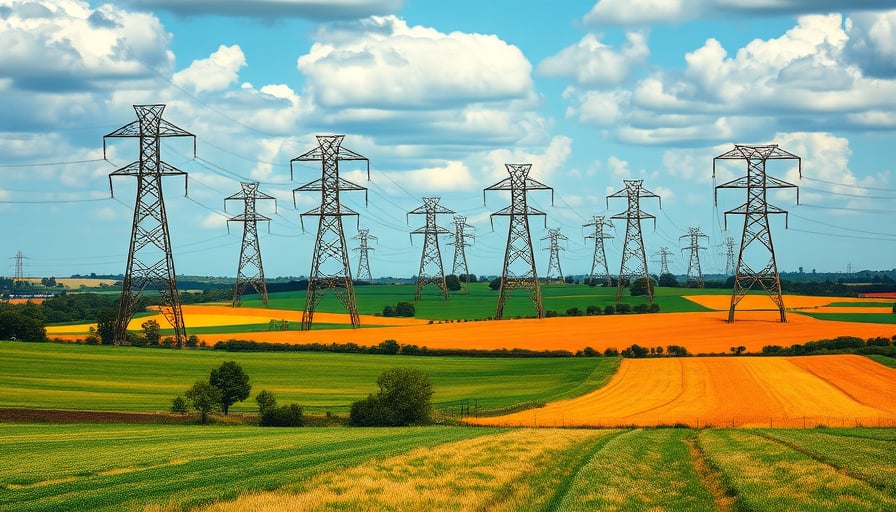National Grid PLC Reports Mixed Performance for H1 2026 Financial Year
National Grid PLC released its financial results for the first half of the 2026 fiscal year, highlighting a nuanced performance profile. While pre‑tax earnings increased, overall net profit declined, signalling a contraction in revenue streams that warrants close examination.
Earnings Overview
- Pre‑tax earnings: Upward trend, indicating that operating income has improved relative to previous periods.
- Net profit: Lower than the corresponding half‑year period in 2025, a direct consequence of reduced revenue and potentially higher operating or financing costs.
Management attributes the drop in net profit to “softer revenue streams,” a term that typically encompasses weaker market demand, pricing pressures, or temporary disruptions in service delivery.
Outlook and Guidance
- Operational expectations: The group anticipates robust operational results for the remainder of the fiscal year. This optimism reflects confidence in core service reliability and a belief that market conditions will stabilize.
- Earnings per share (EPS): Forecasted to remain within a moderate growth range. This guidance suggests that while earnings may increase, they are not expected to surge dramatically, aligning with a cautious yet positive outlook.
Strategic Investment
National Grid announced a record capital allocation to expand Britain’s electricity network for the current fiscal year. This significant investment underscores the company’s commitment to infrastructure modernization, grid resilience, and long‑term capacity expansion. The allocation is likely to support the integration of renewable generation, enhance network flexibility, and meet regulatory targets for decarbonisation.
Market Position and Investor Sentiment
The company’s shares closed near recent highs, a testament to sustained investor confidence. Over the past decade, National Grid has demonstrated steady performance, with incremental growth in both revenues and dividend payouts. The recent investment announcement likely reinforced market perception of the company’s long‑term strategic vision.
Economic Context
The mixed results reflect broader economic headwinds that affect utilities globally, including inflationary pressures, regulatory changes, and shifting demand patterns. By investing heavily in network infrastructure, National Grid positions itself to capitalize on the growing importance of energy transition and grid stability, which are pivotal drivers in the current economic environment.
Conclusion
National Grid’s first‑half 2026 performance illustrates a company navigating transitional market conditions while maintaining a forward‑looking investment strategy. The balance between modest earnings growth, disciplined guidance, and significant capital deployment exemplifies a prudent approach to sustaining long‑term value in a sector where reliability and regulatory compliance remain paramount.
